The organisers of the Salon de l’agriculture, an annual farm show held in Paris, have announced that the 2022 event will be held from February 26th – March 6th.
The 2021 edition was cancelled due to the Covid pandemic – and the 2020 event was cut short – and there had been fears that this year would suffer the same fate.
“This edition will not be like the others,” wrote the organisers in a statement, out of “respect for the health guidelines.”
Mask-wearing rules, added ventilation inside exhibition tents and special measures to facilitate tastings during the pandemic will be implemented. Visitors will need to hold a valid health pass.
The event falls just over one month before the first round of the presidential election, set for April 10th – and candidates will be sure to milk the opportunity to score political points.
The event is the annual highlight of the agriculture sector – which employs about 759,000 people in France – and many more rely on the agricultural sector indirectly for employment. The sector was valued at €81.2 billion in 2021.
“This is a highly anticipated event, not just for the farming community, but also for citizens, political leaders and the media,” wrote the event organisers.
Former President Jacques Chirac pioneered the use of the farm show as a political event, visiting almost every year from 1972- 2011.
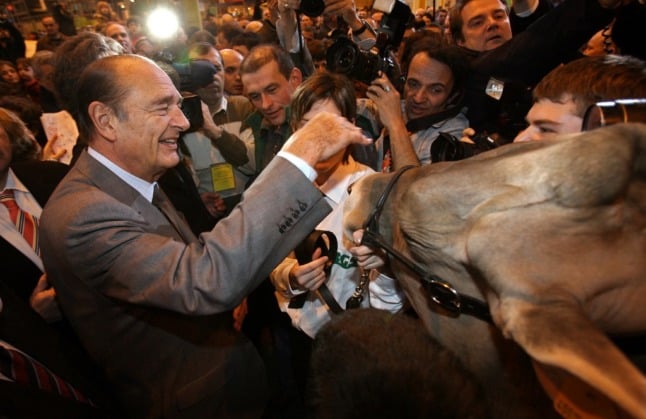
In 2019, French President Emmanuel Macron spent 14 hours strolling through the farm show, shaking hands and speaking with producers. This marathon visit set a new record for a sitting president.
Previously, Francois Hollande is reported to have paid a 10 hour visit, Jacques Chirac 5.5 hours and Nicolas Sarkozy just four hours.
The Local visited the show in 2020 to find out why it was so important for politicians to attend.
READ MORE Why petting cows at the farm show is crucial for French politicians
The event, which is held at the Porte de Versailles in the south of Paris, isn’t just for farmers and politicians – it’s hugely popular with the public and thousands of people usually attend.
The full ticket price is €15, for children between 6-12 it is €8 and children under six can go free. There are also group discounts available.
Tickets can be bought online here and at the venue itself.


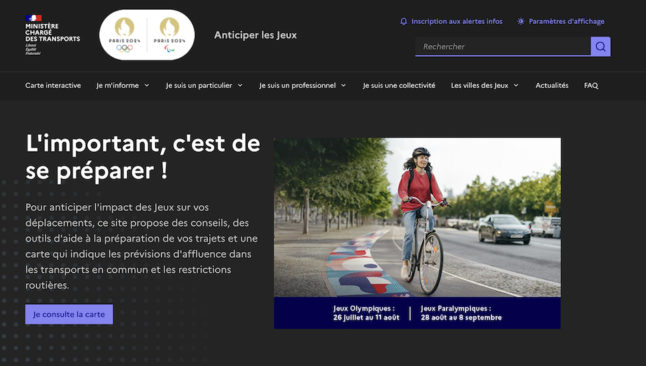

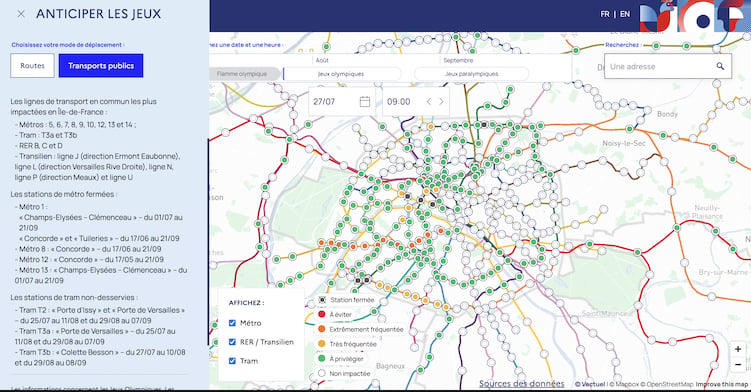
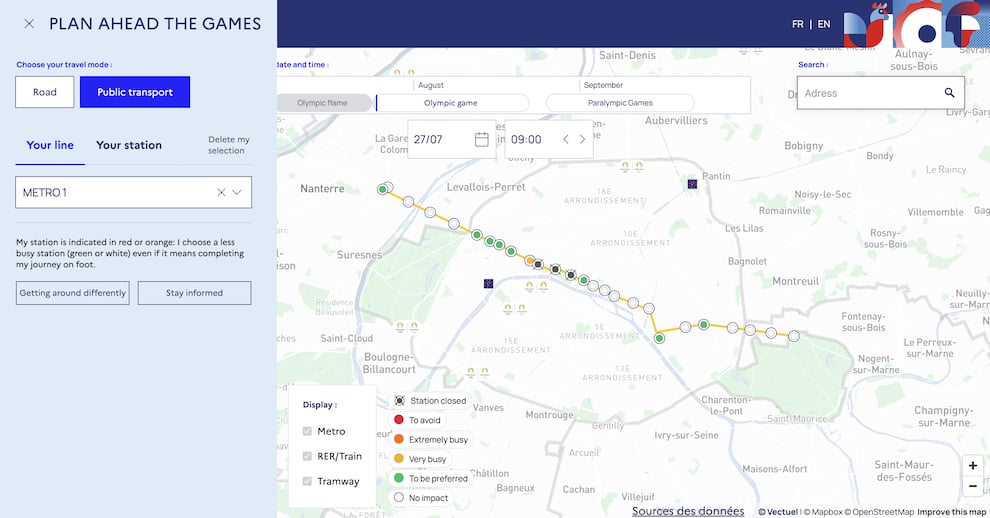
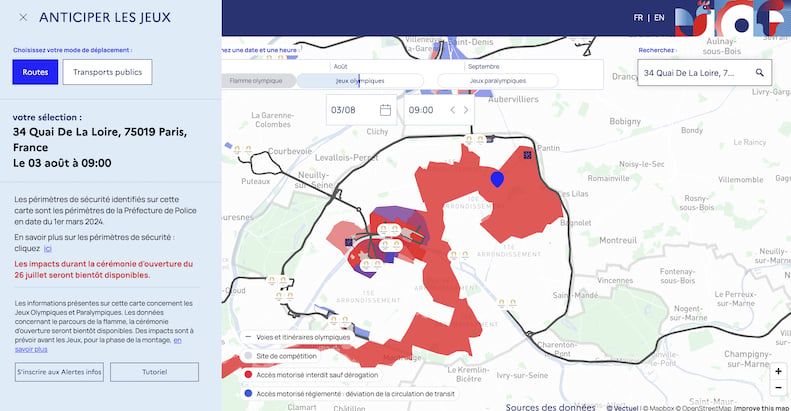
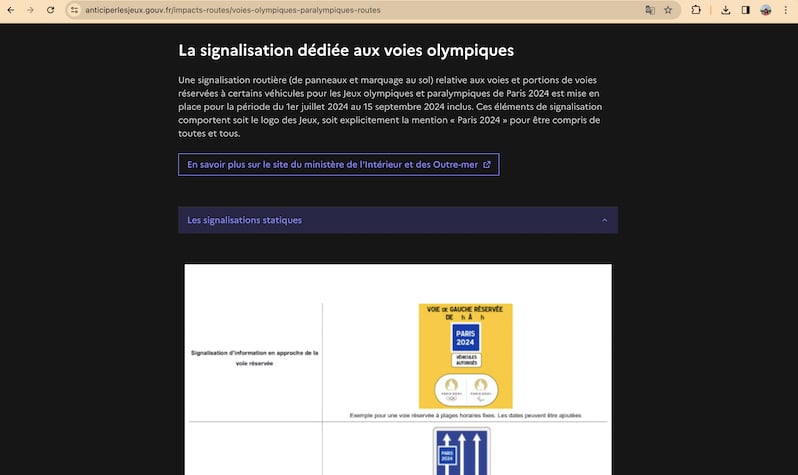

 Please whitelist us to continue reading.
Please whitelist us to continue reading.
Member comments